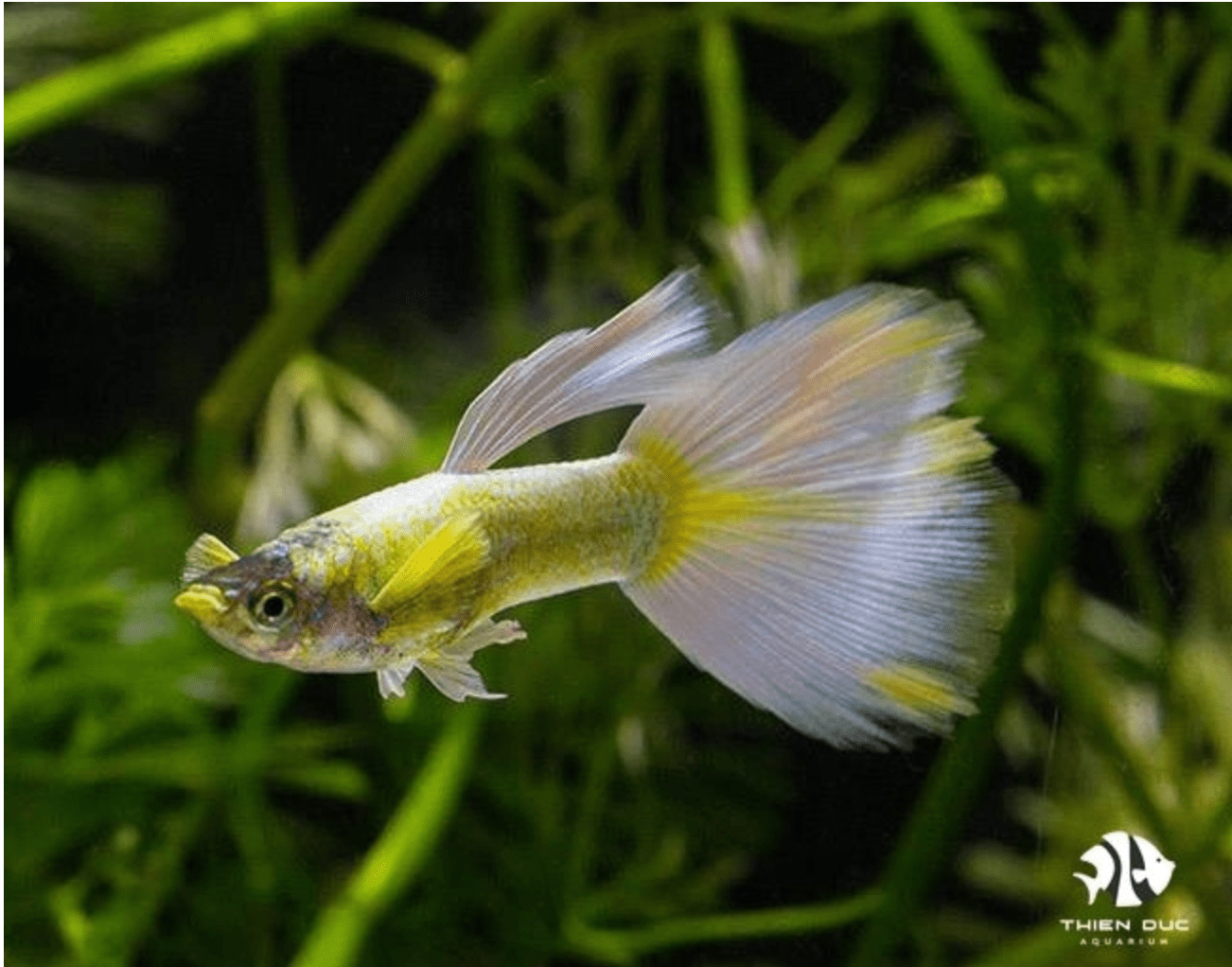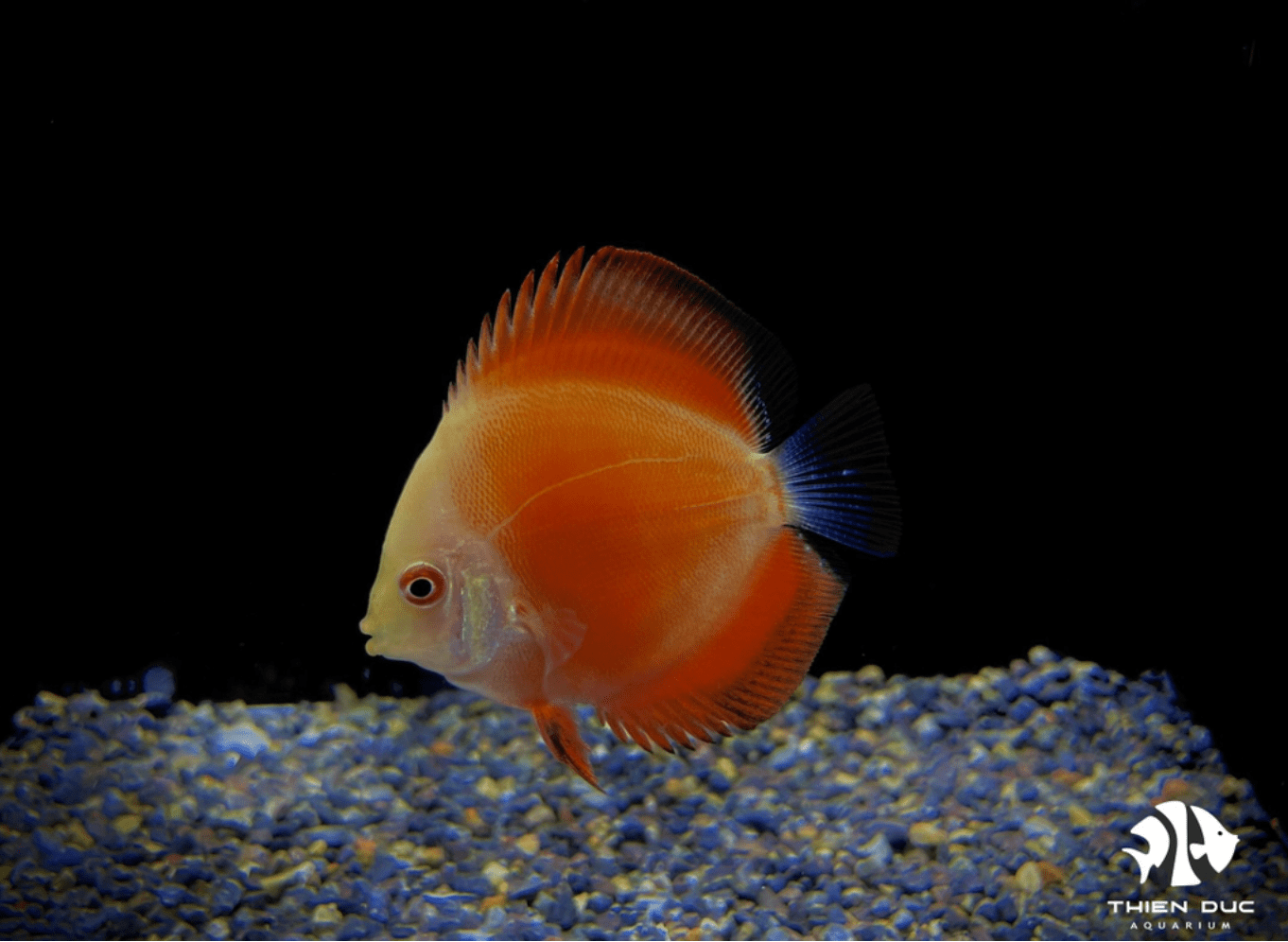Vietnamese Aquascaping Techniques: 5 Secrets Masters Won't Tell
Imagine a sun-dappled stream winding through a primordial jungle, where weathered driftwood and ancient stones create a haven for native fish. This raw, untamed beauty is the very soul of a unique aquatic art form. Far from rigid, manicured styles, Vietnamese aquascaping techniques focus on capturing these wild moments in time. At THIENDUC AQUARIUM, we’ve seen masters craft breathtaking underwater worlds that tell a story of nature's power. Today, we’re unveiling five secrets they use to bring these authentic slices of wilderness into your home.
What Makes the Vietnamese Aquascape Style So Unique?
Before diving into the secrets, it's essential to understand the philosophy that sets this style apart. Unlike the minimalist rock formations of Iwagumi or the lush, colorful gardens of the Dutch style, the Vietnamese approach is a tribute to the raw, imperfect beauty of Southeast Asia's natural landscapes.

A Philosophy Rooted in Raw Nature
The core idea is not just to build a beautiful aquarium but to tell a story—the story of a specific riverbank in the Mekong Delta, a hidden stream in a highland forest, or a mangrove root system along the coast. It’s about creating a living diorama that feels as if it were scooped directly from nature. This philosophy sets Vietnamese aquascaping techniques apart, prioritizing realism and natural chaos over perfect symmetry and immaculate grooming. The layouts often feature asymmetrical designs, seemingly random placement of materials, and a deep respect for the way nature carves its own path.
The Importance of Authentic Fauna
A landscape is incomplete without its inhabitants. For a truly convincing Vietnamese biotope, the choice of fish is paramount. Using species native to the region brings the entire scene to life, creating authentic behaviors and interactions that you wouldn't see otherwise. The inclusion of native species is what truly completes the narrative in Vietnamese aquascaping techniques. At THIENDUC AQUARIUM, we specialize in wild-caught freshwater ornamental fish, understanding that healthy, well-adapted specimens are the final brushstroke in these living masterpieces.
Secret #1: The Art of "Traces of Time" - Creating a Sense of Age and History
The first secret lies in conveying a sense of time. A natural landscape has been shaped by the elements for centuries, and a master aquascaper knows how to replicate this aged look.
Choosing Hardscape with a Story
Masters of this style don't just choose any piece of driftwood or stone; they seek out pieces with character and history. They look for gnarled, weathered wood with deep grooves and a sun-bleached appearance. Rocks should be rugged, perhaps with moss or algae already clinging to them, suggesting they’ve been part of a riverbed for decades. This focus on aged-looking materials is a foundational principle in Vietnamese aquascaping techniques, as it immediately grounds the aquascape in a believable history.

Layering Substrate for Natural Erosion
Instead of a flat, uniform layer of sand, artists use multiple layers of substrate with varying grain sizes. A base of fine sand might be topped with small pebbles and gravel near the hardscape, mimicking the way a current deposits heavier materials. Over time, this creates subtle, natural-looking slopes and drifts. This is a subtle but powerful detail in advanced Vietnamese aquascaping techniques.
Secret #2: Mastering the Flow - Mimicking Vietnam's Rivers
Water in nature is never static. It flows, eddies, and swirls, shaping everything it touches. Capturing this dynamic movement is a critical skill.
More Than Just Water Movement
In this style, water flow is a design tool. It's not just about providing oxygenation; it's about dictating the layout. A strong current might keep one area clear of sand, while a gentle eddy in the lee of a large rock allows fine sediment and detritus to collect naturally. This dynamic approach to water is key to mastering Vietnamese aquascaping techniques. It transforms the aquarium from a static picture into a living, breathing system.
Practical Techniques for Natural Currents
To achieve this, equipment like filter outlets and powerheads are carefully hidden behind hardscape. The flow is directed to bounce off rocks and driftwood, breaking it up into smaller, more chaotic currents. This prevents the artificial "fire hose" effect and creates a gentle, pervasive movement throughout the tank—a challenge that many enthusiasts of Vietnamese aquascaping techniques enjoy tackling.
Secret #3: The Indigenous Palette - Key Plants and Fish for Authenticity
No biotope is complete without its inhabitants, and this is especially true for Vietnamese aquascaping techniques. Using flora and fauna native to Vietnam and Southeast Asia is non-negotiable for an authentic result.
-
Essential Native Plants:
-
Bucephalandra & Cryptocoryne: These are staples. They naturally grow attached to rocks and wood in slow-moving streams, making them perfect for adding detail and texture to the hardscape.
-
Mosses (Fissidens, Vesicularia): Essential for softening the hard lines of rocks and wood, giving them an ancient, overgrown appearance.
-
Ferns (Microsorum pteropus - Java Fern): Incredibly resilient and perfect for creating dense, shaded areas that many native fish species love.
-
-
Signature Wild-Caught Fish:
-
Danionins (White Cloud Mountain Minnows, Zebra Danios): These small, active schooling fish add constant motion and energy to the upper levels of the water.
-
Gouramis & Bettas (Wild types): Unlike their commercially bred cousins, wild types have a subtle beauty and fascinating behaviors, often becoming the centerpiece of the aquarium.
-
Loaches & Gobies: These bottom-dwellers are crucial for completing the ecosystem, interacting with the substrate and cleaning algae from the hardscape.
-
Secret #4: Light and Shadow - Creating Depth and Mystery
Lighting in a Vietnamese-style aquascape is rarely uniform or flat. Instead, it’s used to create drama, depth, and a sense of mystery, much like sunlight filtering through a dense jungle canopy.
The "Dark In, Bright Out" Principle
This Vietnamese phrase, meaning "Dark In, Bright Out," perfectly describes a dramatic lighting concept used in Vietnamese aquascaping techniques. The idea is to create bright, focused "hotspots" on key areas of the layout while allowing other sections to fall into deep shadow. This contrast draws the viewer's eye and creates an incredible sense of depth.
Using Hardscape and Plants to Shape Light
This effect is achieved by using the layout itself to manipulate the light. Tall pieces of driftwood that reach the surface can block light, casting long shadows. Dense clumps of broad-leafed plants can create dark, mysterious caves and overhangs for fish to explore. The interplay between light, shadow, and structure showcases the artistry behind Vietnamese aquascaping techniques.

Secret #5: Embracing Evolution - The Unfinished Masterpiece
Perhaps the most profound secret is a shift in mindset. A Western garden is often about control and perfection, but a wild landscape is about growth, decay, and constant change. This is a mindset that differentiates Vietnamese aquascaping techniques from others.
-
Initial Planting Strategy: Plants are often introduced sparsely, with a focus on establishing strong root systems. The aquascaper trusts that the plants will grow, spread, and fill in the space naturally over months.
-
Minimalist Maintenance Approach: Pruning is less frequent and less severe. The goal is not to maintain a perfect shape but to guide the "wildness" in a desired direction. A small amount of algae on the rocks is not a failure; it’s a sign of a mature, natural system.
-
Long-Term Observation: The greatest joy comes from watching the ecosystem evolve. This patient approach is perhaps the most profound of all Vietnamese aquascaping techniques. The aquarium on day 300 will look better, more natural, and more alive than it did on day 1.
Conclusion
Ultimately, these five secrets—creating a sense of age, mastering natural flow, using an indigenous palette, painting with light and shadow, and embracing evolution—form the heart of this captivating art form. By applying these Vietnamese aquascaping techniques, you are not just decorating a glass box; you are cultivating a living piece of Vietnam's untamed wilderness. It's an immersive and rewarding journey that offers a deeper connection to the natural world, right in your own home.
Contact Information
-
Address: 57 Le Thi Sieng, Tan Thong Hoi, Cu Chi, Ho Chi Minh City, Viet Nam
-
Mobile: +84903912501
-
Office: +84982577871
-
Email: thien@thienducaquarium.com










